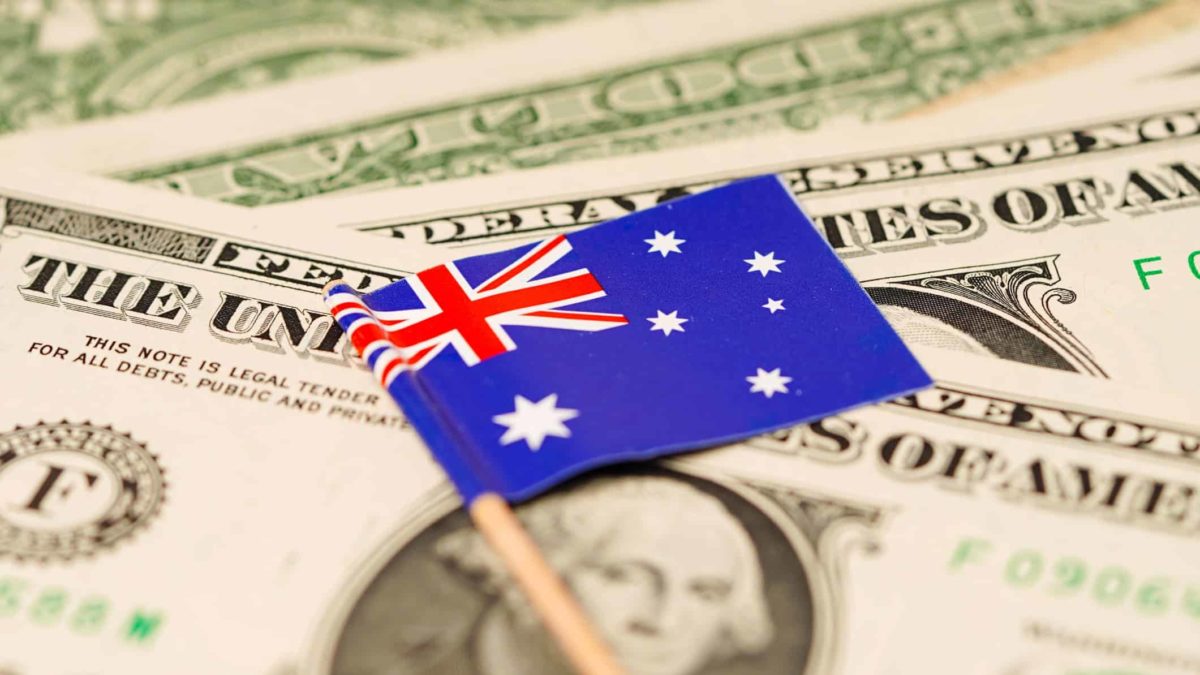Don't get me wrong, like many Australian investors, I have a massive soft spot for the ASX, but it does seem to largely be at the whim of the US stock market. For example, the S&P/ASX 200 Index (ASX: XJO) trends very similarly to the S&P 500 Index (SP: .INX), most of the time.
Obviously, there will always be domestic happenings that shift the ASX. But generally, you can compare the movements of the ASX 200 to the S&P 500 without much difficulty.
Don't believe me? Take a look at these graphs depicting year-to-date trading of the ASX 200 – represented here by the iShares Core S&P/ASX 200 ETF (ASX: IOZ) – and the S&P 500 – represented by the iShares S&P 500 (AUD Hedged) ETF (ASX: IHVV).

Side by side, it's not hard to see the correlation between the two.
So, why does the ASX trend so closely alongside the US stock market? Let's dive into two potential answers.
Globalisation and the ASX 200
Basically, the ASX 200 doesn't exist in a vacuum. Plenty of US investors invest in the ASX 200, while plenty of ASX 200 companies invest in the US. Not to mention, many companies on the ASX 200 likely do some element of their business with the US or US-owned companies.
Also, the cultural cross over between the US and Australia is significant. You only have to look at how many iPhones are in the hands of Australians or how many Ugg Boots are on Californian toes to know that as individuals we buy into each other's cultures.
This has the potential to get complicated but suffice to say, money and investments flow within and between the two nations.
Foreign investment means the ASX relies on the US stock market
The US is the largest foreign investor in Australia, according to 2019 data from the Department of Foreign Affairs and Trade. Similarly, Australia's largest foreign investment destination is the US.
Our economies are thus, intertwined in a way that means the US stock market's movements often affect Australia's. Alas, while the US is incredibly financially important to Australia, Australia isn't nearly as important to the US.
According to the US's Bureau of Economic Analysis, while Australia is the US's largest receiver of foreign investment in the Asia Pacific, we don't even figure in the list of its top 10 global investment destinations.
This may be the reason the ASX 200 relies much more on the US market than the other way around. While here in Australia, we watch the Dow Jones Industrial Average Index (DJX: .DJI) and the Nasdaq Composite (NASDAQ: .IXIC) like hawks, but arguably we're just a small island in the ocean to the US market.









